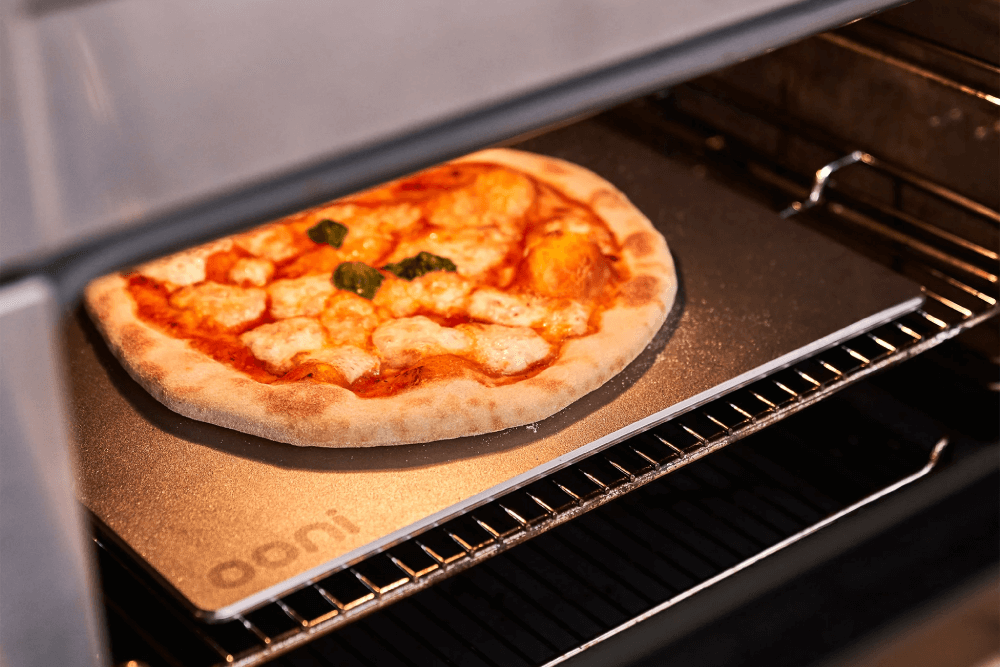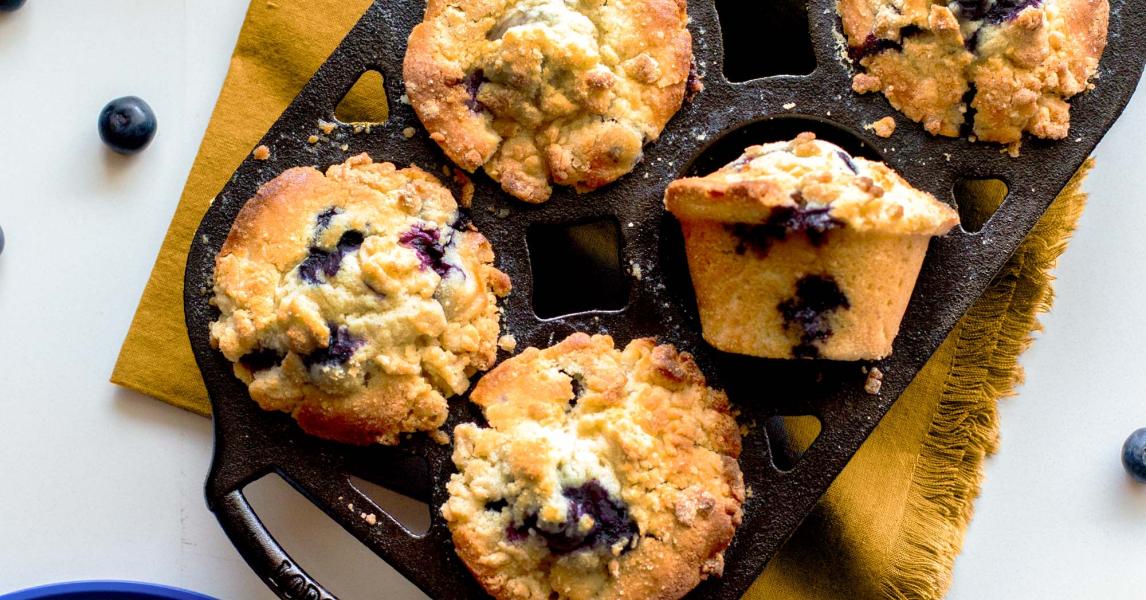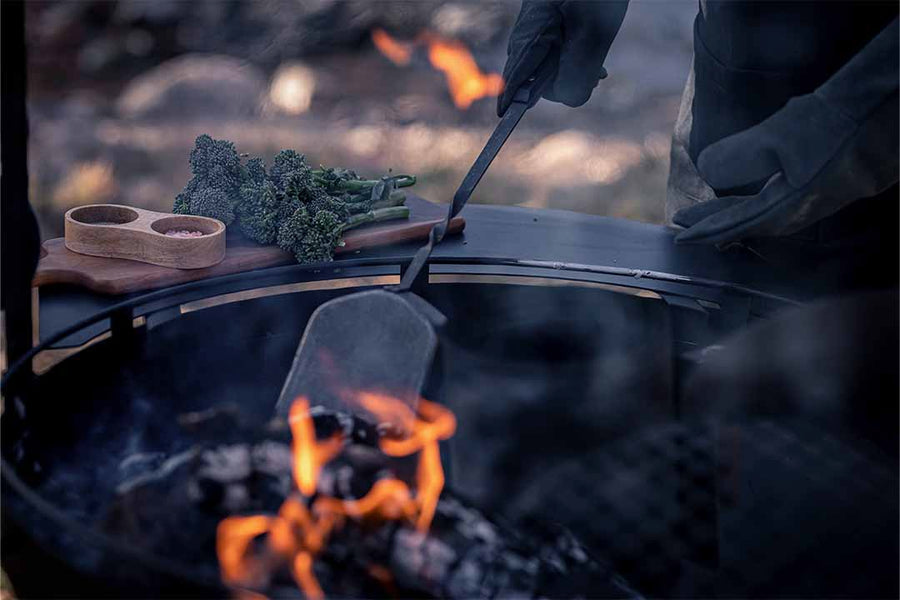If you're a kitchen professional, you've likely encountered the question: Should I flour my baking stone before baking? This seemingly simple query opens up a world of baking nuances that deserve exploration.
Flour is a staple in kitchens, acting as both a basic ingredient and an essential tool. The concept of using it on a baking stone is less about tradition and more about practicality, but the approach can be a bit more nuanced than it appears at first glance. Let's delve into the nitty-gritty and see what works best for professionals like you who are keen on optimizing their baking processes.

Understanding the Role of a Baking Stone
Baking stones, also known as pizza stones, have become a pivotal tool for anyone serious about their craft. The primary role of a baking stone is to replicate the conditions of a brick oven, offering steady, even heat that reduces moisture to yield crispy crusts and perfectly cooked dishes. But, should you flour it?
Before you make a decision, consider the material of your baking stone - is it ceramic, clay, or cordierite? Each has distinct properties and reacts differently to flour and heat. Additionally, check out this guide on avoiding soggy pizza crusts, which is often the goal when using a baking stone.
The Debate: To Flour or Not to Flour?
Pros of Flouring Your Baking Stone
1. Prevention of Sticking: Dusting flour on the stone can help prevent dough from sticking, especially with high-moisture items. This can be critical when working with sticky doughs.
2. Improved Texture: A light layer of flour can contribute to a slight textural variance in your crusts, adding crunch and depth. However, its a delicate balance, as too much flour can burn and lead to off-flavors.
Cons of Flouring Your Baking Stone
1. Potential for Burnt Residue: Flours with low burn points can scorch, leaving a bitter taste and sticky residue that distorts flavor.
2. Altering Surface Temperature: An uneven layer of flour can create spots that prevent heat from being distributed evenly, impacting cooking consistency. Learn more in this post on crust burning issues.
Alternatives and Best Practices
If flour isn't sounding like the best option for you, what should you use? Kitchen professionals often turn to cornmeal or parchment paper as alternatives. Cornmeal offers grainy texture and ease of sliding pizzas or breads off the stone, while parchment paper provides a clean release and easy cleanup without the risk of burning.
Tips for Using a Baking Stone
- Always preheat your stone gradually. Rapid temperature changes can lead to cracking, as explained in this post about stone cracking.
- Use a pizza peel for safe dough transfers. A pizza peel dusted with semolina can be a game-changer.

FAQs About Flouring Baking Stones
Can I use both flour and parchment paper?
Yes, you can combine both. Use parchment paper to handle stickier doughs and lightly dust flour for added texture.
How do I clean my baking stone after using flour?
Use a brush or scraper for removing burnt residue and follow a gentle cleaning approach as advised by Bucket of Bread; avoid soap as it can be absorbed.
Which type of flour is best for flouring stones?
Higher protein flours such as bread flour tend to burn less readily and provide better results than all-purpose flour.
Ultimately, whether to flour your baking stone remains a personal choice and should align with your overall baking strategy and the specific dish you aim to perfect. For further tips, take a look at Epicurious' insights on maximizing stone utility. Armed with the right knowledge, youll use your baking stone to its fullest potential.
This article contains affiliate links. We may earn a commission at no extra cost to you.






Leave a comment
This site is protected by hCaptcha and the hCaptcha Privacy Policy and Terms of Service apply.